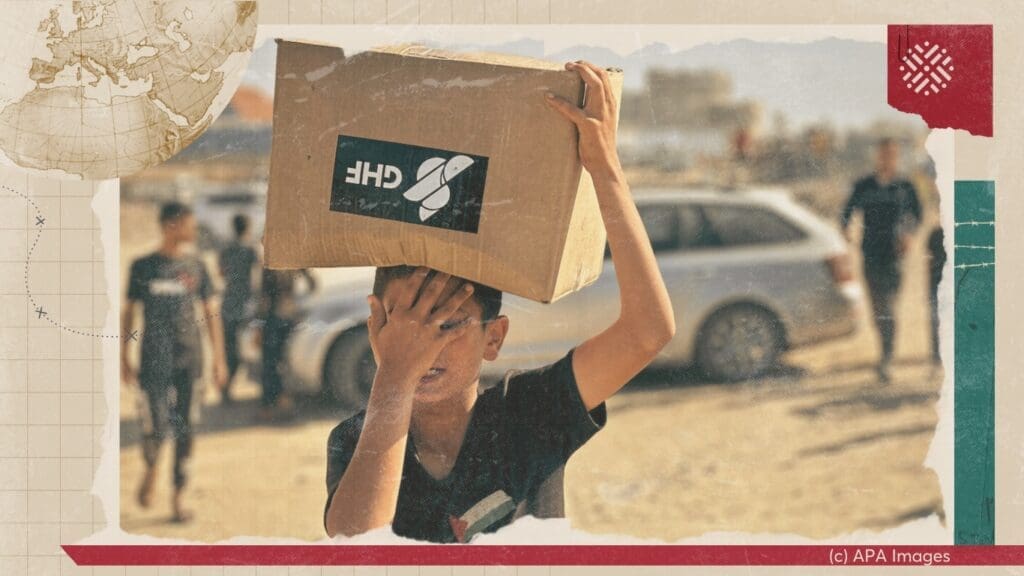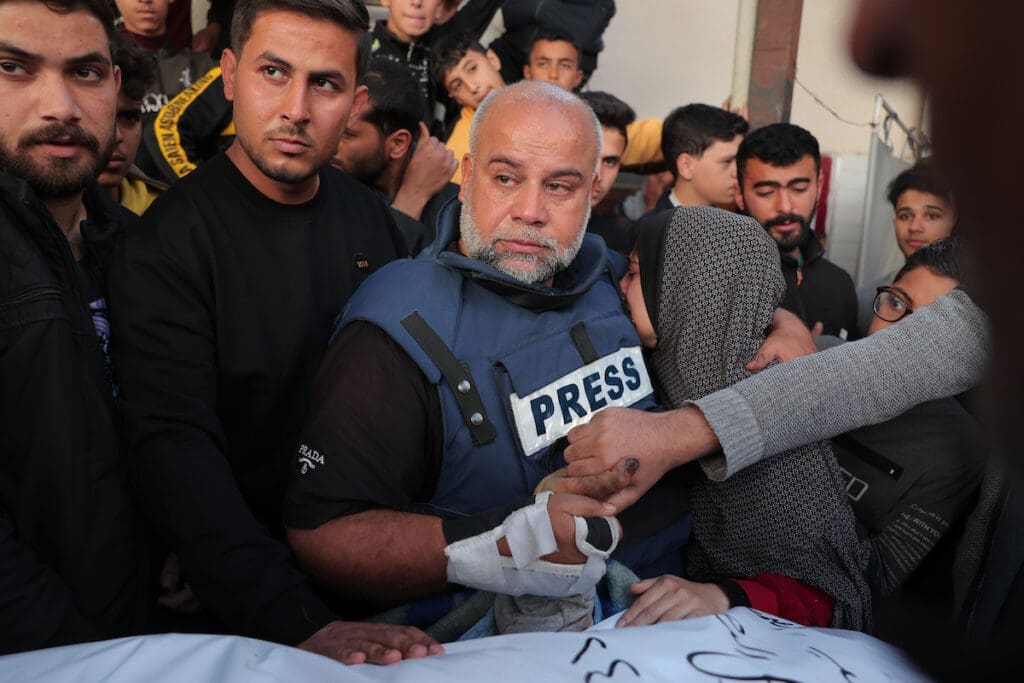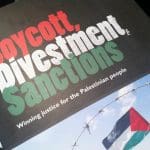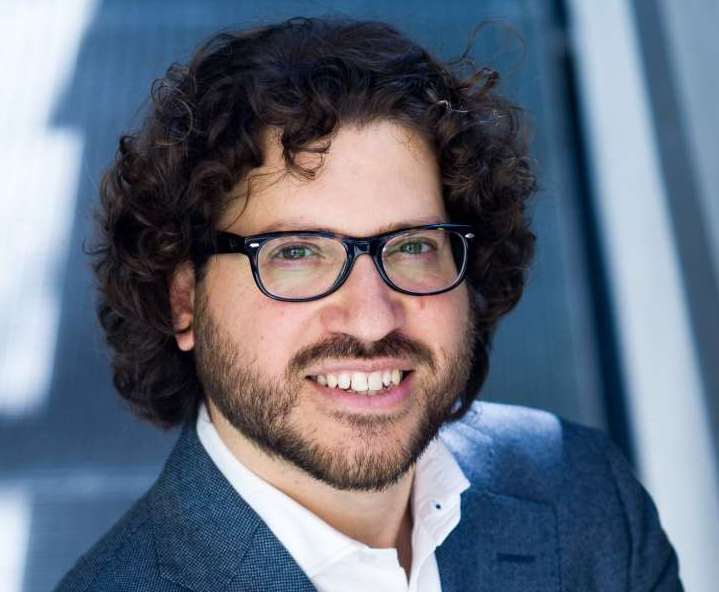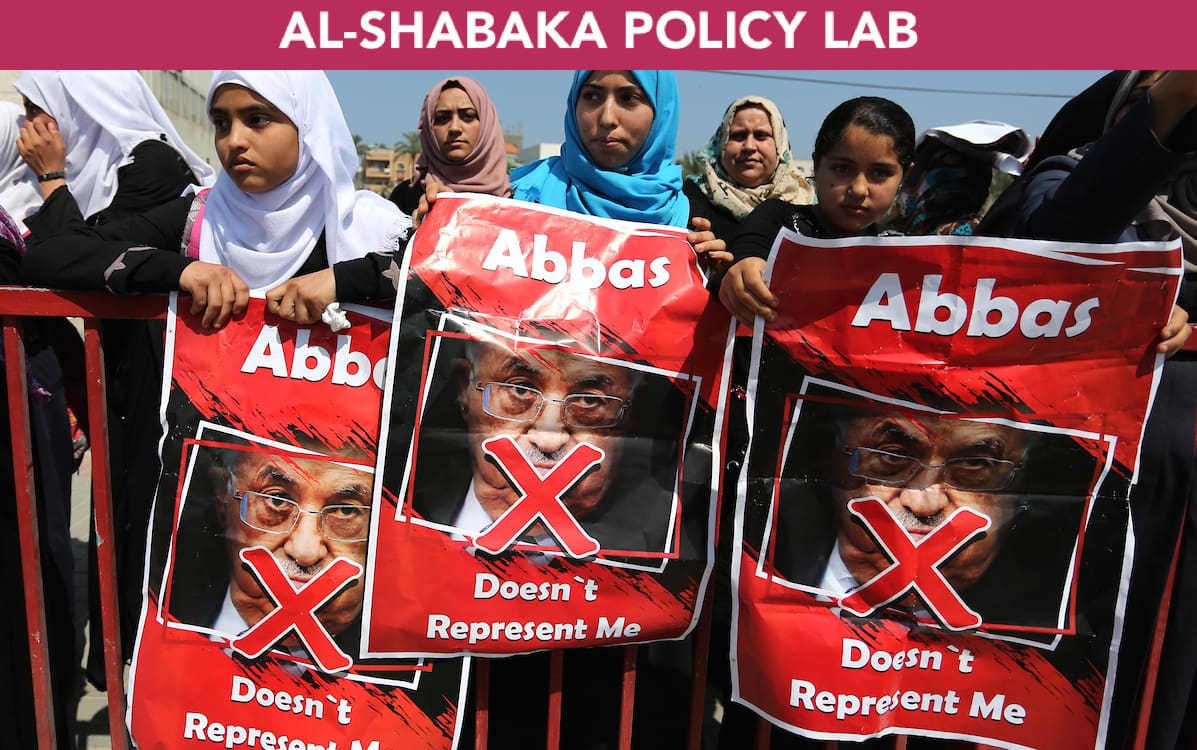
Current Palestinian governance is facing a legitimacy crisis. So what alternative options exist? Is a fully representative leadership even possible in the Palestinian context?
Al-Shabaka analysts Marwa Fatafta and Fadi Quran will explore these questions and more in our second policy lab, facilitated by Alaa Tartir.
Marwa is a Palestinian writer, researcher and policy analyst based in Berlin. She leads Access Now’s work on digital rights in the Middle East and...
Al-Shabaka Policy Member Fadi Quran is a Senior Campaigner at Avaaz and a Popular Struggle community organizer. He previously served as UN Advocacy Officer with...
Alaa Tartir is Al-Shabaka's program and policy advisor. He is a senior researcher and director of the Middle East and North Africa Programme at Stockholm International...



